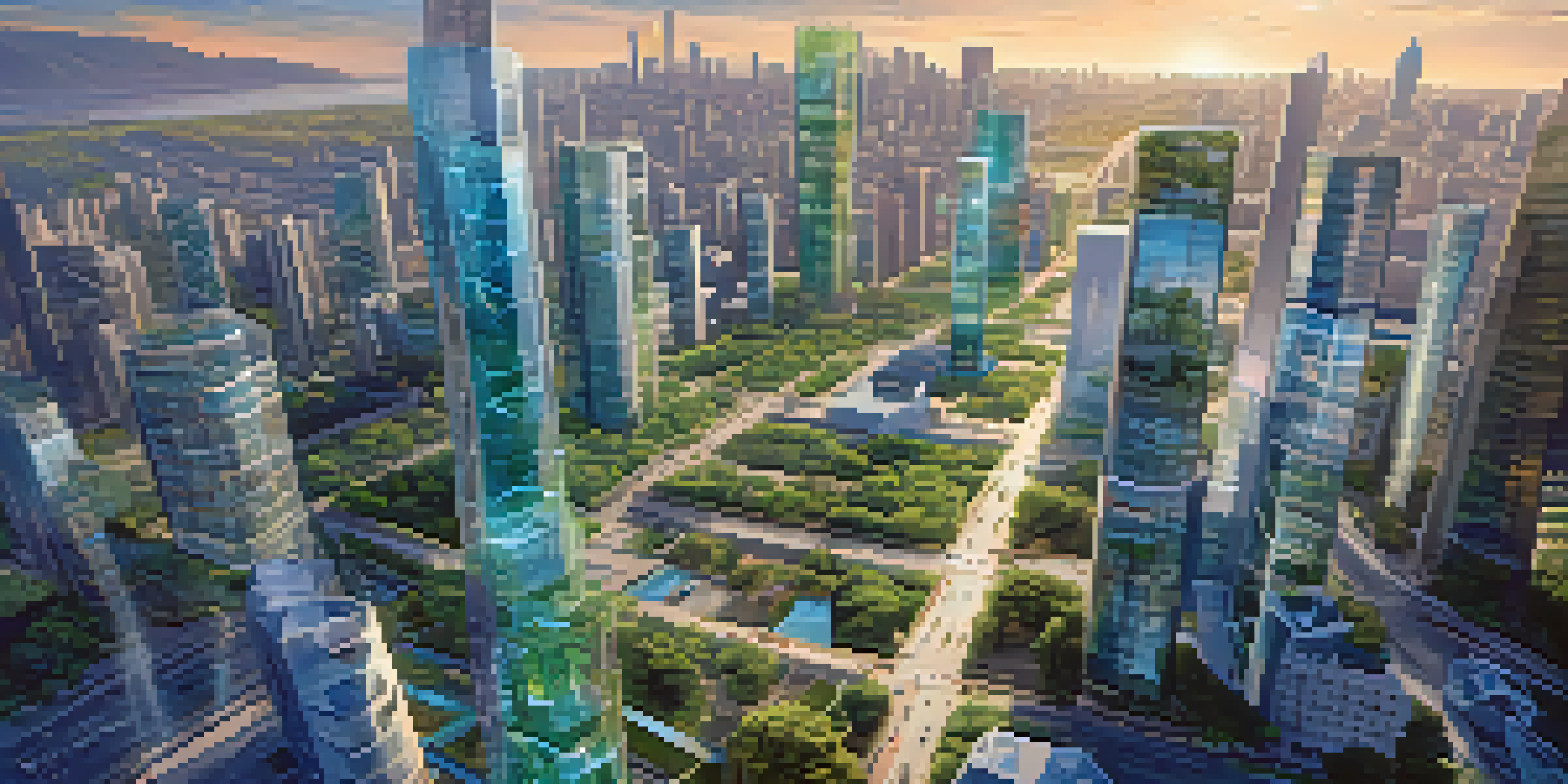The Future of Digital Twins in Urban Planning

Understanding Digital Twins and Their Role
Digital twins are virtual replicas of physical entities, capturing real-time data to simulate their behavior. In urban planning, these digital copies can represent entire cities, individual buildings, or even infrastructure systems. By mirroring the physical world, digital twins allow planners to visualize their projects before implementation, making decision-making more informed and efficient.
The Benefits of Digital Twins in Urban Planning
One of the key advantages of digital twins is the ability to predict outcomes and assess the potential impacts of various planning scenarios. For instance, a city can model traffic flow changes before introducing new public transport systems, helping to reduce congestion and improve commuter experiences. This predictive capability not only enhances planning efficiency but also fosters community engagement by allowing citizens to visualize proposed changes.
Digital Twins Enhance Urban Planning
Digital twins provide virtual replicas of physical entities, enabling urban planners to visualize projects and make informed decisions.
Enhancing Sustainability with Digital Twins
Sustainability is a crucial aspect of modern urban planning, and digital twins play a significant role in this arena. By simulating energy consumption and environmental impacts, planners can explore greener alternatives before committing to a design. For example, a digital twin of a neighborhood might reveal that green roofs and solar panels could significantly lower energy demands, guiding planners towards more eco-friendly choices.
Integrating IoT with Digital Twin Technology
The Internet of Things (IoT) is revolutionizing how we interact with our environment, and when combined with digital twins, the results are powerful. IoT devices can feed real-time data into digital twins, allowing for instantaneous updates and accurate simulations. Imagine a smart city where traffic lights adjust based on real-time traffic conditions, all managed through a digital twin model—this is the future of urban mobility.
Boosting Sustainability Efforts
By simulating energy consumption and environmental impacts, digital twins help planners explore greener alternatives for urban development.
Challenges in Implementing Digital Twins
Despite their potential, implementing digital twins in urban planning comes with challenges. Data privacy and security are major concerns, as extensive data collection could lead to misuse. Additionally, the initial costs and technical complexity of developing these systems can create barriers for many municipalities, particularly smaller ones with limited budgets.
Case Studies of Successful Digital Twin Applications
Cities around the world are already harnessing digital twins with remarkable results. For instance, Singapore has developed a comprehensive digital twin that integrates urban planning, transportation, and even public health. This holistic view allows city planners to make data-driven decisions that benefit the community as a whole and provide a blueprint for other cities to follow.
IoT Integration Transforms Cities
The combination of IoT and digital twins allows for real-time data updates, creating smarter urban environments that adapt to changing conditions.
Future Trends in Digital Twin Technology
As technology advances, we can expect digital twins to become even more sophisticated. Innovations such as artificial intelligence and machine learning will enhance predictive capabilities and automate routine planning tasks. This evolution could lead to more adaptive urban environments that respond dynamically to changing conditions, making cities smarter and more resilient.
The Path Forward for Urban Planners
For urban planners, the integration of digital twins represents both an opportunity and a responsibility. Embracing this technology can lead to more efficient, sustainable, and community-oriented urban designs. As cities continue to grow and evolve, planners must leverage digital twins to ensure that future developments meet the needs of their residents while addressing environmental challenges.